All about tea fermentation
Many types of tea come from the same plant, Camellia Sinensis. The different types of tea are the result of differences in the tea manufacturing process.
One of the key steps in the tea manufacturing process is the degree of fermentation the tea leaves. It means how much a tea is allowed to undergo enzymatic oxidation before drying. This oxidation process may be stopped by either roasting or steaming the leaves before they are completely dried out. Through fermentation, the originally deep green leaves become reddish-brown color. The longer is the fermentation, the darker is the color. Depending on the length of roasting and degree of fermentation, the fragrance can range from floral to fruity and malty.
One method of classifying teas are is based on the degree of fermentation:
- Non and light-fermented
- Semi-fermented
- Fully-fermented
- Post-fermented
Non and light-fermented teas
Non-fermented include white and some green teas with an oxidation state of up to 10%, which have not gone through the fermentation process or have passed to a weak degree. Ancient masters of tea art noticed that a preheated leaf is not subject to fermentation or oxidation. That is why tea leaves of these varieties retain their natural color and properties. Unfermented tea has long been considered a healing drink surrounded by its own kind. Its healing properties were discovered back in the 19th century, when a huge number of useful components were allocated in it, which are almost completely preserved due to the lack of fermentation.
After leaf collection, which usually occurs before 9am, the raw materials are dried and sorted. Then the tea leaves undergo a heat treatment to remove bitterness and stop fermentation Most green teas stop the fermentation process through roasting while a few will stop the fermentation process through steaming. Further, as a rule, the leaves are given some form; finally dried, sorted - and, the tea is ready to drink.
These teas retain quite a bit of their original flavor. Green teas fall in this category, they are practically not fermented teas. White teas undergo very light fermentation during the withering process. Sometimes these non-fermented and very light fermented teas will be scented with Jasmine petals to give the tea an aroma of Jasmine.
Examples of Non-fermented and very light fermented teas: Green Tea, Jasmine scented Green tea, Yellow Tea.
These teas are yellow-green in color and have fresh natural aroma.
Semi-fermented teas
Tea which are allowed to undergo 10% to 80% fermentation are semi-fermented (or moderately) teas. Tea brewed from semi-fermented tea leaves have a slight yellow to brown color and possess a subtle fragrant aroma. These teas can be further classified into three categories based on their levels of fermentation:
- Light (10% - 20%): Jasmine Tea (Pouchong scented with Jasmine petals), Pouchong Tea, Mei Shan Full Aroma Oolong. These teas are full aroma, clarity, and have light golden color.
- Medium (20% - 50%): Most of oolongs, Dong-Ding (Tung-Ting) Oolong, Tieguanyin. These teas have light green-brown color, a full flavor and sweet taste and aftertaste.
- Heavy (50% - 80%): Oriental Beauty Oolong Tea (Dongfang Meiren), Red Oolong Tea (Hong wu long) from Hsinchu. These teas have red-orange color and fruity aroma and taste.
Fully-fermented teas
As a result of fermentation, part of the insoluble substances of the plant tissue of the tea leaf turns into soluble and easily soluble. These substances give tea taste, odour and color. And the longer the fermentation process takes place, the stronger they are.
Fermentation time is temperature dependent. The higher it is, the faster the fermentation. But as dangerous are too high temperatures, and too low, at which the fermentation takes much longer than usual. Optimum temperature - plus 22 - 26 degrees. At below plus 15, the process stops, at above plus 30 degrees, part of the soluble products that give strength to the infusion passes into an insoluble state, thereby deteriorating the quality of tea.
Black teas are fully fermented. Tea from Black tea leaves have a dark red color and a sweet aroma of malt sugar.
Examples of that teas are Sun Moon Lake Black Tea, Yuchi Black Tea, Assam Black Tea.
Post-fermented teas
Teas which are allowed to ferment and then have the processed stopped and later fermented again are known as post-fermented tea.
Example: Pu-Erh Tea. Has very specific aroma, color and taste depends on degree of processing.
Related Products
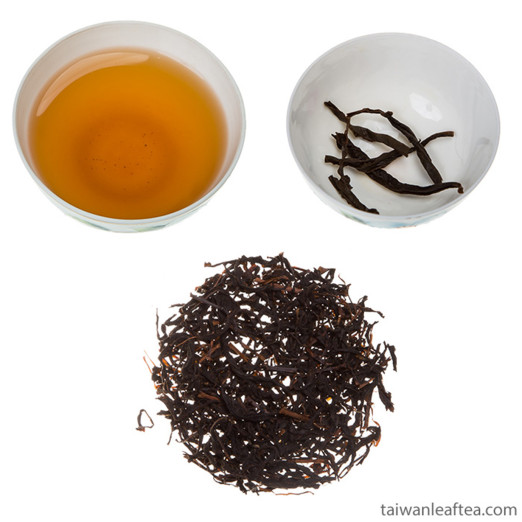
Sun Moon Lake Black Tea / Tea #18 (日月潭紅茶)
Premium Taiwan Sun Moon Lake Black Tea (Tea # 18) is rare black (red) tea from Central Taiwan (Yuchi..
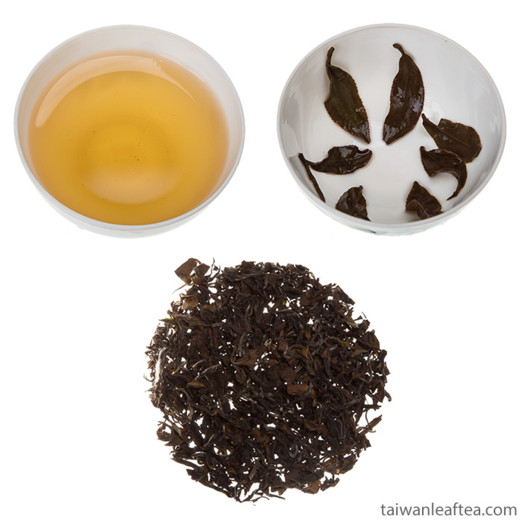
Oriental Beauty Oolong Tea / Dongfang Meiren (東方美人茶)
Oriental Beauty Oolong Tea (Dongfang Meiren or Dong Fang Mei Ren) from Hsinchu County is also known ..
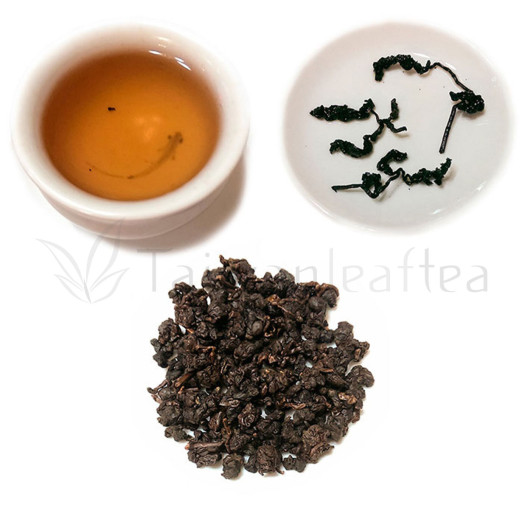
Tie Guan Yin Oolong Tea (鐵觀音)
Tie Guanyin (Iron Guanyin) is a mainland tea tree from Anxi County, Fujian Province. The place of th..
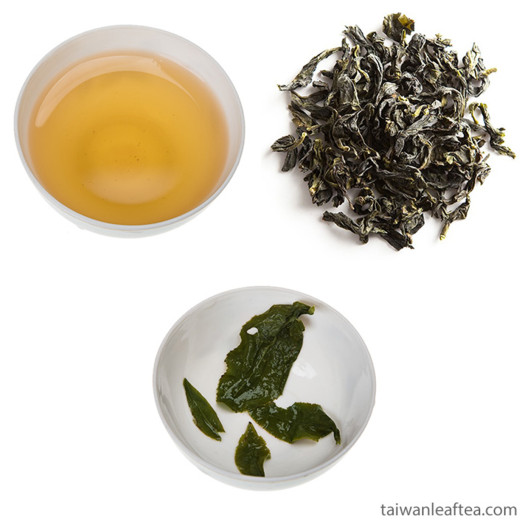
Bao Zhong Oolong Tea / Pouchong (包種茶) from Pinglin District
Bao Zhong oolong tea grows on the Wenshan Mountains near Taipei in northern Taiwan, in Pingling coun..
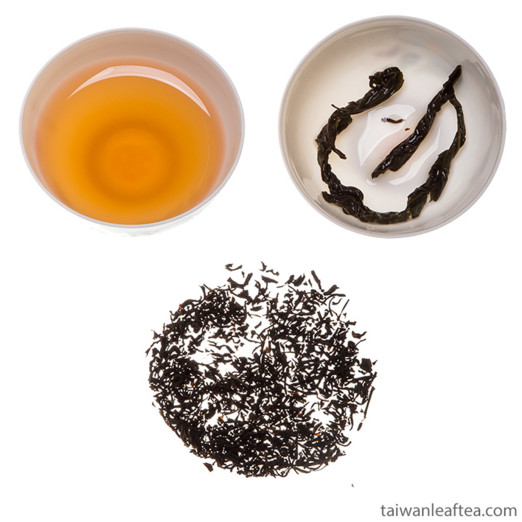
Yuchi Black Tea (魚池鄉紅茶)
Yuchi black tea grows in Central Taiwan (Yuchi, Nantou county). This tea came to Taiwan from India, ..
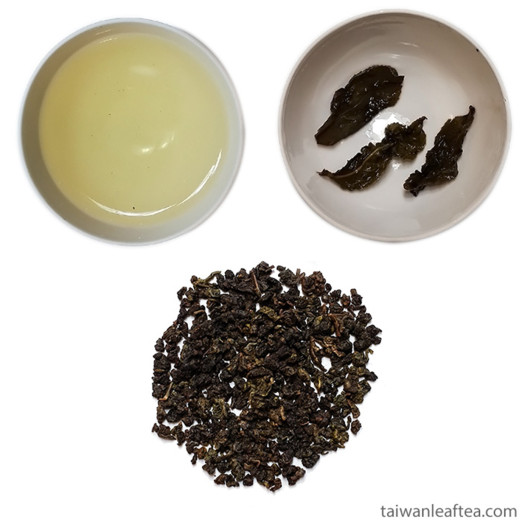
Dong Ding Oolong Tea (凍頂)
Dong Ding, also spelled Tung-ting, is a premium oolong tea from Taiwan. The name Dong Ding means ..
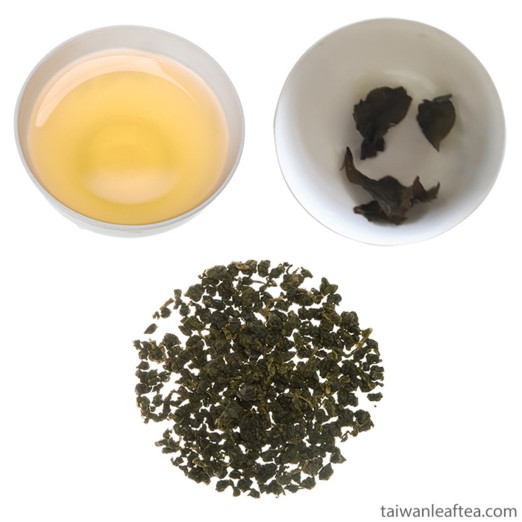
Mei Shan Full Aroma Oolong (梅山濃香高山茶)
Mei Shan Full-Aroma Tea is light oxidized tea from Riley village near Mei Shan Township in Chaiayi C..

Red Oolong Tea / Hong wu long from Hsinchu (紅烏龍)
This Red Oolong Tea (Hong wu long) is growing in Hsinchu County. Due to high fermentation level 85..
